Do you have a question about the Sony HCD-MG110 and is the answer not in the manual?
Details on audio power output and total harmonic distortion for different channels.
Specifications for the CD mechanism, laser, frequency response, and signal-to-noise ratio.
Specifications for the tape transport mechanism and frequency response.
Specifications for FM and AM tuning ranges and intermediate frequencies.
Procedure for checking CD-TEXT display functionality using a specialized test disc.
Instructions on how to safely clean the optical pick-up lens to ensure proper CD playback.
Identifies and locates various parts and buttons on the main unit of the stereo system.
Outlines the step-by-step sequence for disassembling the entire stereo system.
Exploded view and steps for removing the CD mechanism deck, critical for CD drive repair.
Steps for disassembling the tape mechanism deck, critical for tape drive repairs.
Resets all data and preset data in RAM to initial conditions, useful after repairs.
Enables optional CD sled motor operation for tasks like optical pick-up cleaning.
Precautions and procedures for mechanical adjustments related to the tape deck, including torque measurement.
Procedures for electrical adjustments related to the tape deck section.
Procedure for aligning the record/playback heads for optimal audio quality.
Illustrates the signal flow and components within the CD servo control system.
Detailed listing of pin functions for key integrated circuits, essential for troubleshooting.
Provides an overall exploded view of the main unit, identifying major external parts.
Exploded view of the CD mechanism deck, detailing its components and assembly.
Comprehensive list of electronic components on the CD board, essential for component replacement.
Detailed list of electronic components used on the main board, essential for component replacement.
Details on audio power output and total harmonic distortion for different channels.
Specifications for the CD mechanism, laser, frequency response, and signal-to-noise ratio.
Specifications for the tape transport mechanism and frequency response.
Specifications for FM and AM tuning ranges and intermediate frequencies.
Procedure for checking CD-TEXT display functionality using a specialized test disc.
Instructions on how to safely clean the optical pick-up lens to ensure proper CD playback.
Identifies and locates various parts and buttons on the main unit of the stereo system.
Outlines the step-by-step sequence for disassembling the entire stereo system.
Exploded view and steps for removing the CD mechanism deck, critical for CD drive repair.
Steps for disassembling the tape mechanism deck, critical for tape drive repairs.
Resets all data and preset data in RAM to initial conditions, useful after repairs.
Enables optional CD sled motor operation for tasks like optical pick-up cleaning.
Precautions and procedures for mechanical adjustments related to the tape deck, including torque measurement.
Procedures for electrical adjustments related to the tape deck section.
Procedure for aligning the record/playback heads for optimal audio quality.
Illustrates the signal flow and components within the CD servo control system.
Detailed listing of pin functions for key integrated circuits, essential for troubleshooting.
Provides an overall exploded view of the main unit, identifying major external parts.
Exploded view of the CD mechanism deck, detailing its components and assembly.
Comprehensive list of electronic components on the CD board, essential for component replacement.
Detailed list of electronic components used on the main board, essential for component replacement.
| Type | Mini Hi-Fi System |
|---|---|
| CD Player | Yes |
| Tuner | Yes |
| Tuner Bands | FM/AM |
| USB Port | Yes |
| Number of Cassette Decks | 1 |
| Remote Control | Yes |
| Speaker Configuration | 2.0 |
| Connectivity | Headphone Out |
| Functions | CD, Tuner, Cassette |
| CD Player Type | Single Disc |

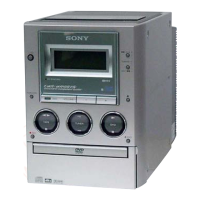
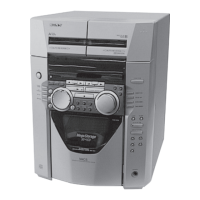
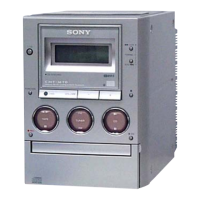
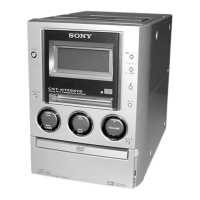
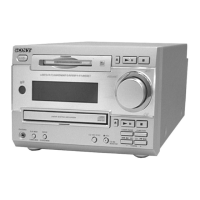
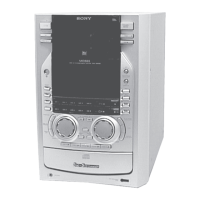

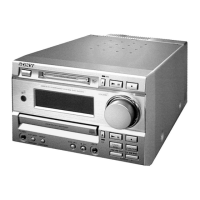
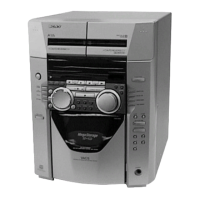
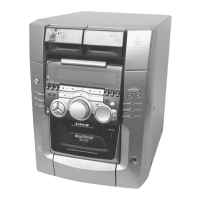
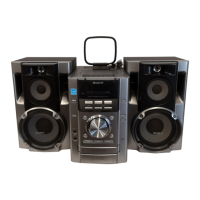
